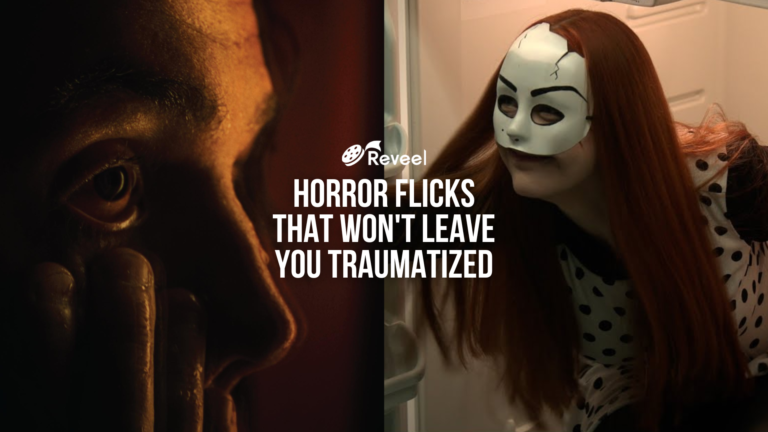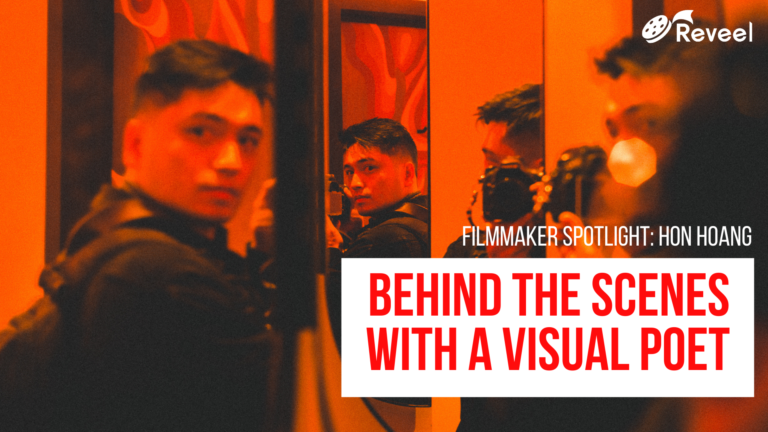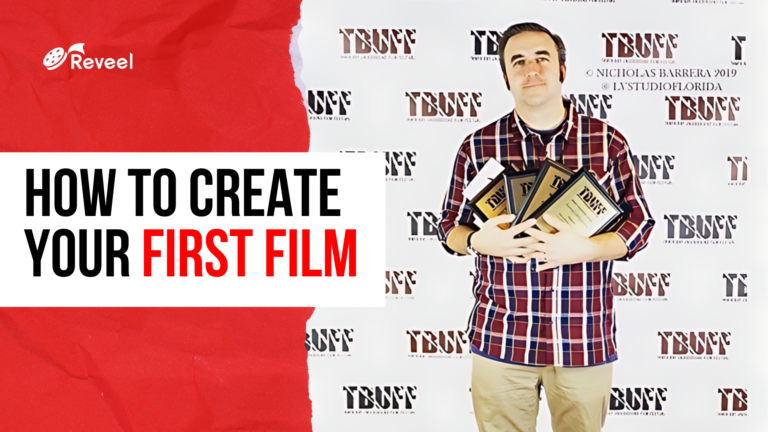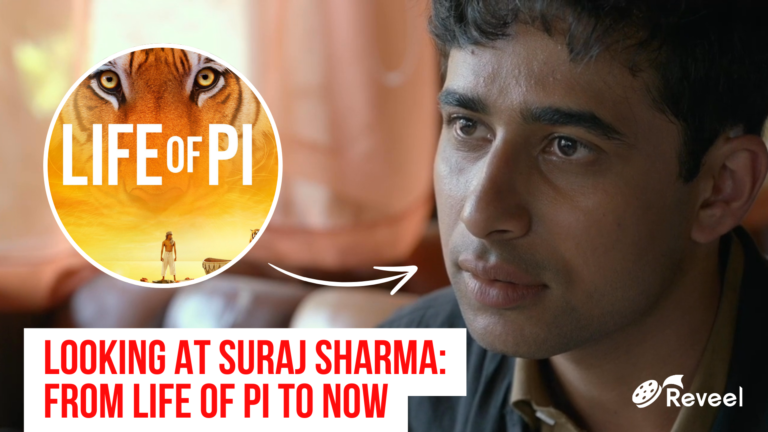The Irish Civil War of 1922 was a significant moment in Irish history. It was a year-long dispute over whether or not to accept the Anglo-Irish Treaty, which was an agreement between the British and Irish government that would give Ireland self-governing dominion similar to Canada but would also allow the six northeastern counties to remain part of the United Kingdom. The treaty caused a split amongst the Irish people, with some supporting it and others believing the terms don’t go far enough. The Parliament of the Irish Republic voted on the Treaty and narrowly approved it. The decision caused a polarization between those who support parliament’s decision and those who didn’t, leading to the Irish Civil War of 1922.
Conor Slattery is an Irish filmmaker who wrote, directed, and starred in a feature film centering around the Irish Civil War of 1922 titled Once Upon a Time in Ireland. We have interviewed Conor to get a better understanding of his creative process and his experience creating a film about the Irish Civil War.
Once Upon a Time in Ireland is available to stream anywhere, anytime on Reveel.
1. In your own words, can you tell us what Once Upon a Time in Ireland is about?
Conor: Once Upon a Time in Ireland is an Irish Civil War drama. Set in 1922 Ireland, the story brings the audience on a journey told through the eyes of 7 men trapped in a sea cave.
In 1922, after the 800 year war of independence, Ireland had just defeated the British and the free state Republic of Ireland was born. A treaty was signed by some of the country’s leaders stating that the north east of Ireland would remain under British rule and that the remainder of the country would be granted it’s independence. This gave rise to two factions: the Pro Treatyists who were supported by Britain and the Anti Treatyist Republicans supported by the armed wing of the Republic: The Irish Republican Army/IRA.
In Once Upon a Time in Ireland the 7 men trapped in the sea cave are IRA men and they are under siege by superior numbers of Pro Treaty troops.
2. How did you discover the idea and why did you feel that this story needed to be told?
Conor: With the centenary of the formation of the free state I wanted to tell a story encapsulating that period in Irish history. There are many stories from this era which could have been used as inspiration. I choose a story about a group of men who were under siege in the Clashmealcon caves in Co. Kerry where a superior force of Pro Treatyists had dug in outside. That’s where the likenesses end though really. None of the characters in the film are based on any of the characters who actually battled in Co. Kerry in 1922 and apart from the setting the rest of the story is fabricated and imagined with the characters being a mix of old men and names I encountered as a child as well as imagined characters.
While researching potential stories I called in to a local Sinn Féin political office (Sinn Féin – pronounced; ‘Shin Fayne’ – are a Republican political party in Ireland) and asked for stories. A Sinn Féin Councillor called Mick Nugent was the person who told me about Clashmealcon along with other stories. I choose this story because I felt it was the most achievable whilst at the same time being utterly compelling.
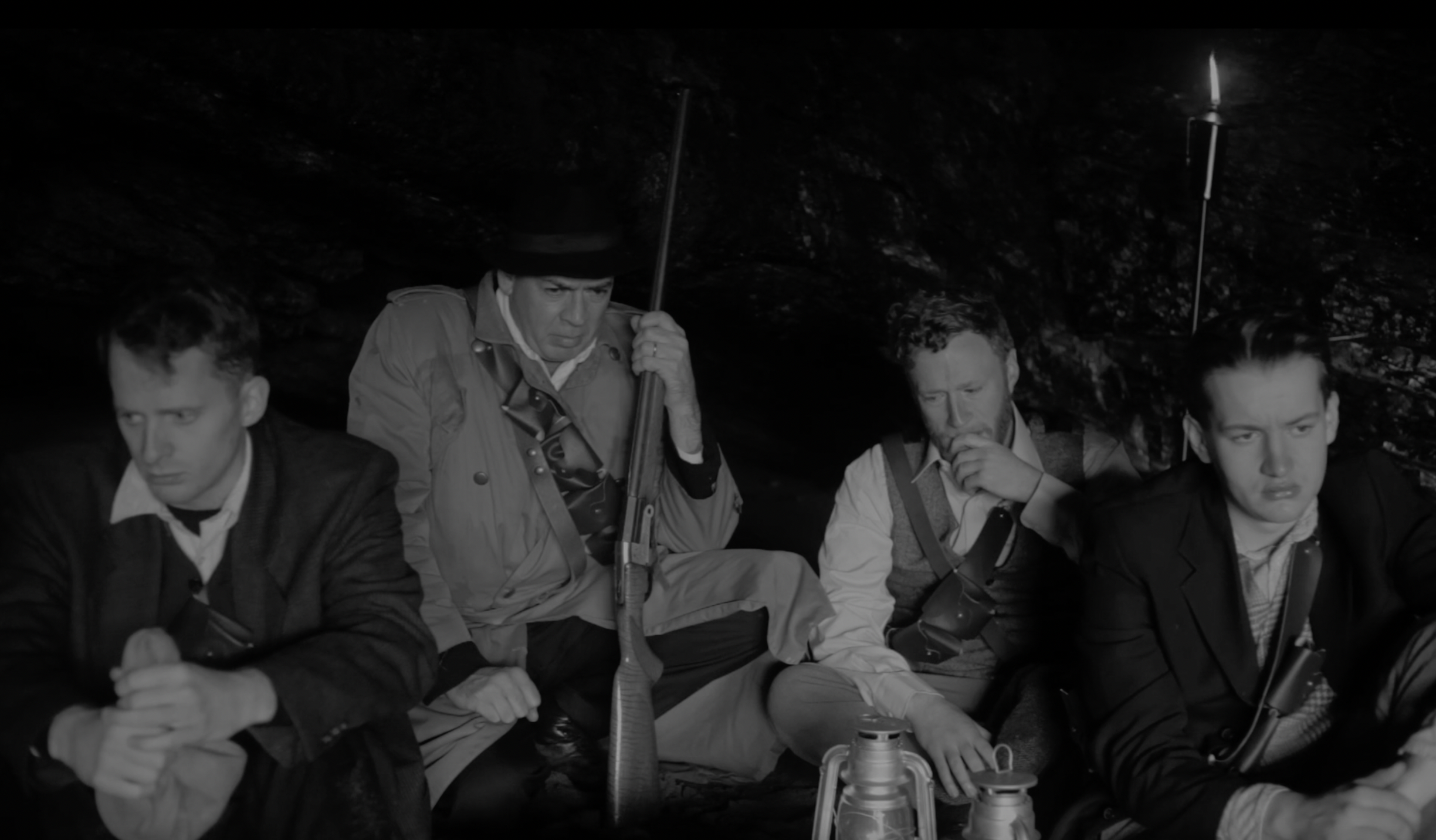
The IRA Troops Holding Out in a Cave in ‘Once Upon a Time in Ireland’
3. What was the biggest challenge to creating the full-length film?
Conor: Gosh! Every full length feature film is a challenge for every filmmaker! Haha! It’s a massive part of why filmmakers make films I think. For Once Upon a Time in Ireland, shooting in a sea cave meant we were restricted to shooting 6 hour days, I got stuck at the bottom of a cliff while shooting inserts and cutaways alone — I shot alone for weeks after we had shot the main part of the film inside the cave.
All of the scenes with the 7 IRA men were filmed three years before the exterior scenes with the Pro Treatyists and then cut together – I had gained about two stone (28 pounds) in weight in the interim and I was acting in the movie haha! So those are a few of the challenges but there are more for sure. Every movie is a challenge, like I said at the start of this non paragraphed response haha! And the pay off is an enormous sense of accomplishment for all of the Cast and Crew at the end of it. As well as hoping against all hope that we’ve collaboratively created a compelling work of art through the medium of film.
4. What were some unexpected challenges on set that you or the crew had to improvise to solve?
Conor: hmmm . . . I don’t know if anything was completely unexpected to be honest. Challenges pop up frequently on a movie and one needs to move forward and bend and adapt in order to complete.
5. The black and white style and unique aspect ratio is an alluring choice. How did you and the director of photography approach the cinematography?
Conor: Whilst scouting for locations Keith O’ Connell (one of the film’s Producers and long time collaborator of mine) and I came to Rocky Bay. I saw the frame within a frame for the opening of the movie through the bridge allowing me to bring the audience to an “other world” for a while. I bought a wide lens for the second set up where the camera is on the deck and Dog Murphy is running across the beach – the storm that was actually there on the first day of PP was a gift from nature and the sea. So it started there.
On the tech’ recce the note I gave to the DP was that I wanted mostly portrait shots for the movie and I feel he achieved that.
I changed all of the lighting myself in post. So all of the shadows and darker parts of the frames are all done in the edit – the magic of film eh! It took a while to do because I didn’t like my first two passes at it so I dumped them and started again to get it as perfect as possible.
Things like the VFX of the flame (fire is a metaphor for change in film) and the men standing on the cliff and the moon outside the cave were all done with the help of my kids – the moon outside the cave actually now that I think of it was made up of 7 different layers and one of my kids, who was 6 or 7 at the time I think shot the time lapse for that and another of my kids who was about 9 at the time gave me the moon to insert as a Father’s Day present, as well as lots more VFX stuff.
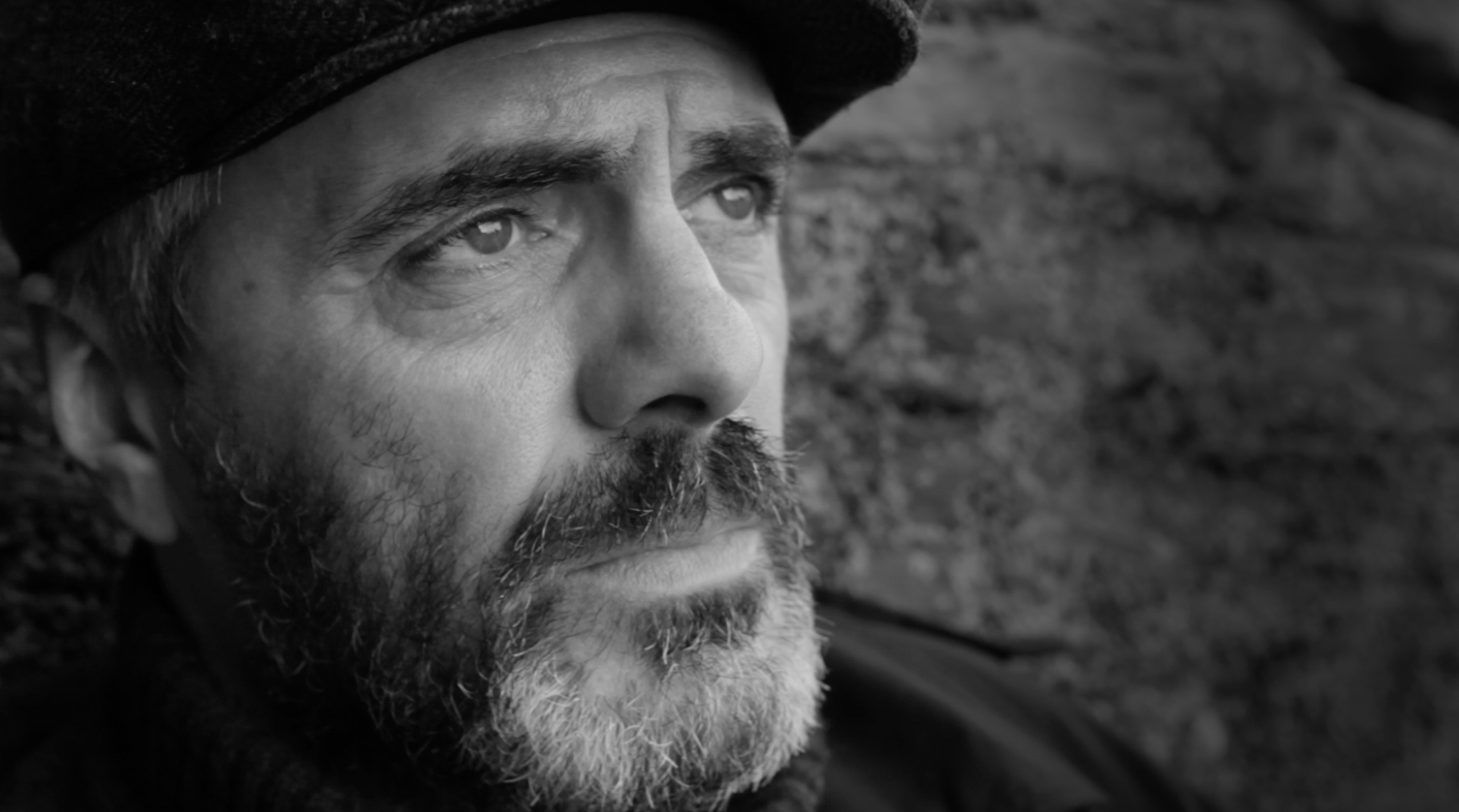
Conor Slattery in ‘Once Upon a TIme in Ireland’
6. What were you looking for when casting the main actors? How did you approach working with them to pull out their amazing performances?
Conor: The Casting was actually pretty lengthy on this. I really wanted to get it right. I knew I wanted Conor Dwane and Emmet Kelly pretty bad because I had worked with them before and loved them.
I acted in myself because I love acting and I really wanted the opportunity to do any reshoots myself without having to book Cast for additional days (I shot some pick ups of myself by myself in the cave after the main part of the shoot because sure why wouldn’t you haha!).
So I needed four more Cast. Predominantly I really really wanted super lovely guys! Guys who were creative and who I felt wouldn’t create a negative vibe and immerse themselves in the art of the process. And that’s exactly what I got! I could write pages and pages on my love for the Cast of Once Upon a Time in Ireland.
Approach wise I gave them a character synopsis during prep’ and collaborated with them on the day. We all collaborated and listened to one another’s thoughts and ideas. For me I don’t think it’s about acting at all but rather more it’s about being. So instead of acting like a character I think being that character is far more preferable, probably, in fact, through NOT acting haha! Like, if we wear a mask every day as people just people-ing around, then we’re acting. So playing a character in a movie, being a character in a movie, I feel is easier to achieve if you just stop acting. I bet you’re thrilled you asked that question haha!
7. I loved the sound design in the film. How did you approach using sound and music throughout the film?
Conor: The first thing I did when I heard the location sound rushes was I relegated them to guide track status. Then I approached a local musician who’s massively creative and asked him to design the sound from the ground up – quite literally in fact. None of the sound in Once Upon a Time in Ireland is original. The various whirring and clicks and rustlings were foleyed in after being recorded in the designer’s kitchen and gosh knows where else. All of the dialogue was ADR’ed in the designer’s studio when the Cast were all kind enough to return to the project for a day (have I mentioned how much I adore the Cast!). The designer also offered me a good few tracks. I can’t remember how many, three, four, maybe five. I choose the one that’s in it because I wanted a melancholy track and I laid it down myself in the edit in the places where it is because . . . well, because that’s where I felt the movie wanted it to be, if that even makes sense.
The wind and waves and storm sounds were sounds I got from a guy in Normandy. I had heard that a grand uncle of mine had died and was buried in Normandy so I went and got those sounds and added them myself in throughout the film. I don’t think there’s a moment in there where those sounds aren’t present in some form.
When I was all done I went to a second sound designer for a master and he came up with the idea of the fiddle – which I adore – and a little more dialogue where he and I added and/or changed a few lines/words here and there.
The sound like the rest of the movie was massively collaborative and I was lucky to be surrounded by massively creative people again.
8. Lastly, how did you get into filmmaking?
Conor: Gosh! I could talk again forever on this. But I won’t haha! In short: I started making films. Just started doing it. Everyone can and everyone should!
Once Upon a Time in Ireland tells the story of a band of Republican IRA idealists who are under siege in a tidal cave carved into the beautiful rugged wilderness of the Irish Atlantic coast. Outside awaits a bloodthirsty force of anti-IRA/pro-treaty British-supported troops. It’s a wild and beautifully captured tale about the birth of a great nation. Watch the film right now on Reveel!
All-Time Popular Blogs
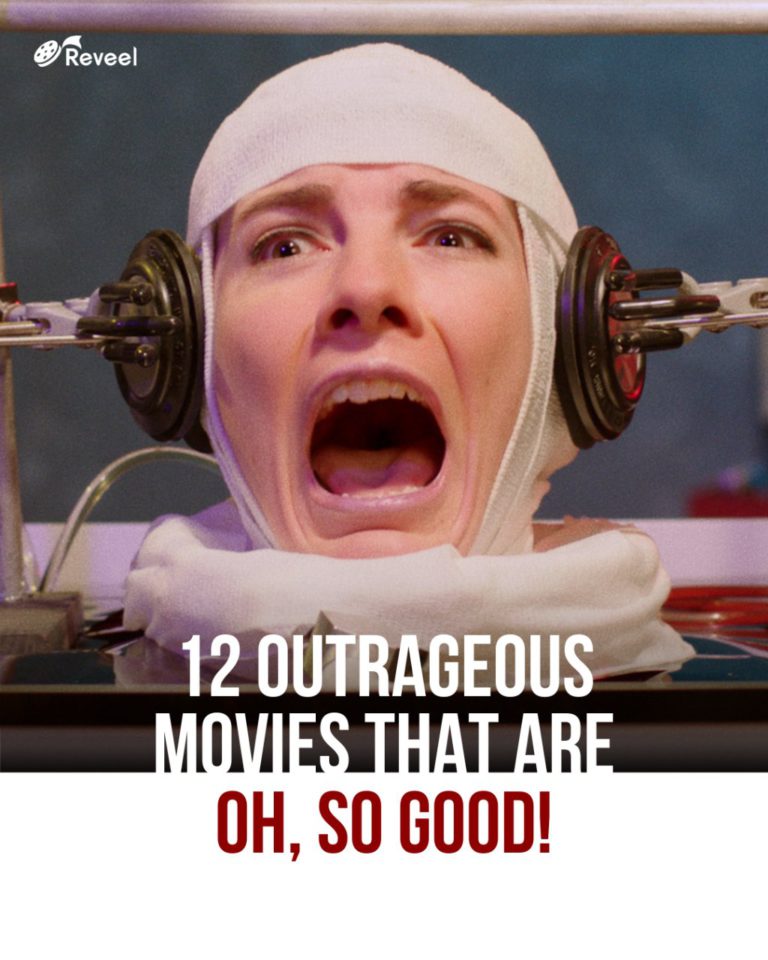
12 Horror Movies So Ridiculous – Ridiculously Good
We all know the allure of a good guilty pleasure flick — movies so ludicrous and outlandishly executed that we can’t help but be bowled over by the audacity. Welcome...
Read More
Best Free Filipino Movies You Can Watch Right Now
“There’s always a Filipino somewhere” is a well-known fact, and it’s true even in streaming platforms. Of course we have some right here in Reveel. From the adrenaline-infused streets of...
Read More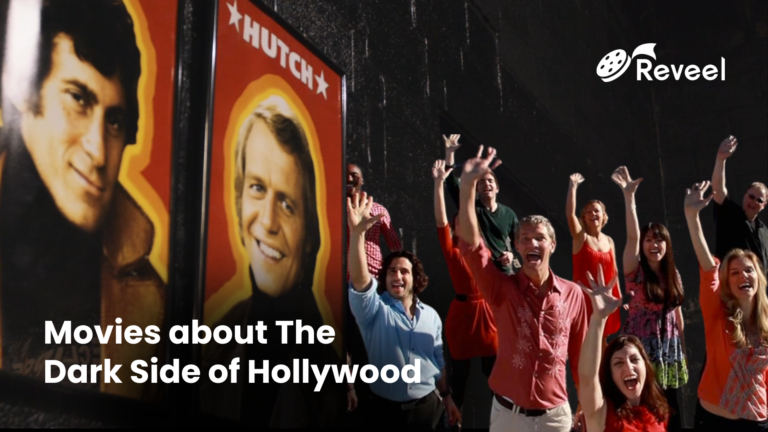
Movies about The Dark Side of Hollywood and Fame
The darker side of Hollywood—the side rife with scandal, exploitation, and the unyielding pressure to remain in vogue—is a tale as old as cinema itself. Yet, these stories never fail...
Read More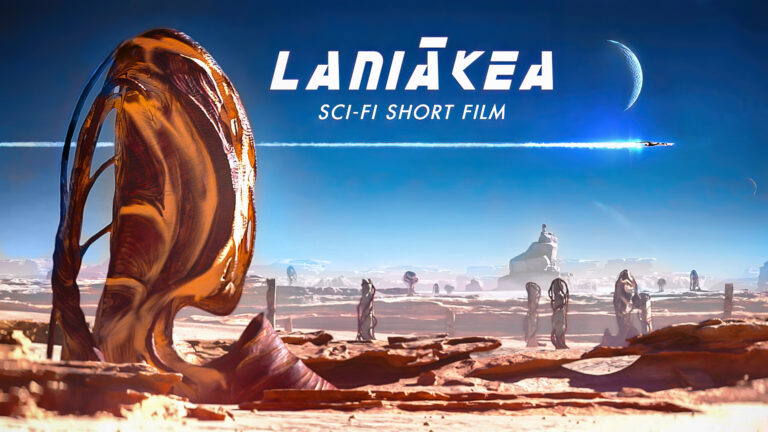
Reveel Interviews Dima Taran: The Filmmaker Behind The Animated Short ‘Laniakea’
What if we are alone in the universe? This question is at the core of the short film Laniakea. Originally created as a college project by Dima Taran, the film...
Read More
5 Best Animated Short Films To Watch For Free On Reveel
Sometimes the best stories aren’t the longest, they are the shortest. Short films have perfected the art of telling a captivating story in just a few minutes and animated shorts...
Read More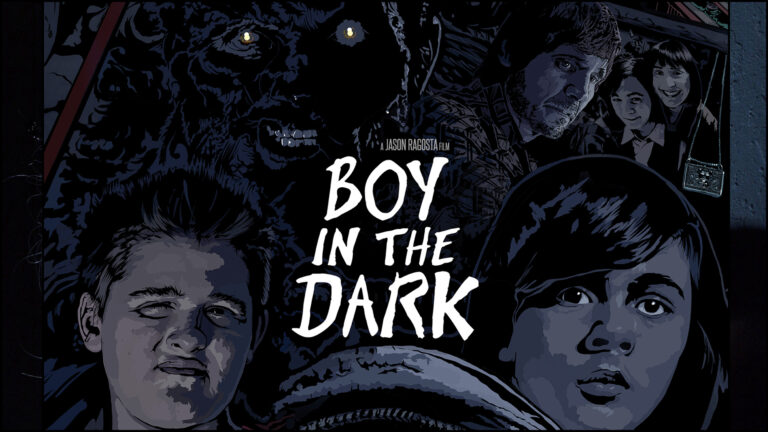
Reveel Interviews Jason Ragosta: The Filmmaker Behind The Short ‘Boy In The Dark’
Most, if not all, children had night terrors growing up. Some would hide under the covers. Others would yell for their parents. Kid-version Jason Ragosta, screenwriter and director, decided to...
Read More

